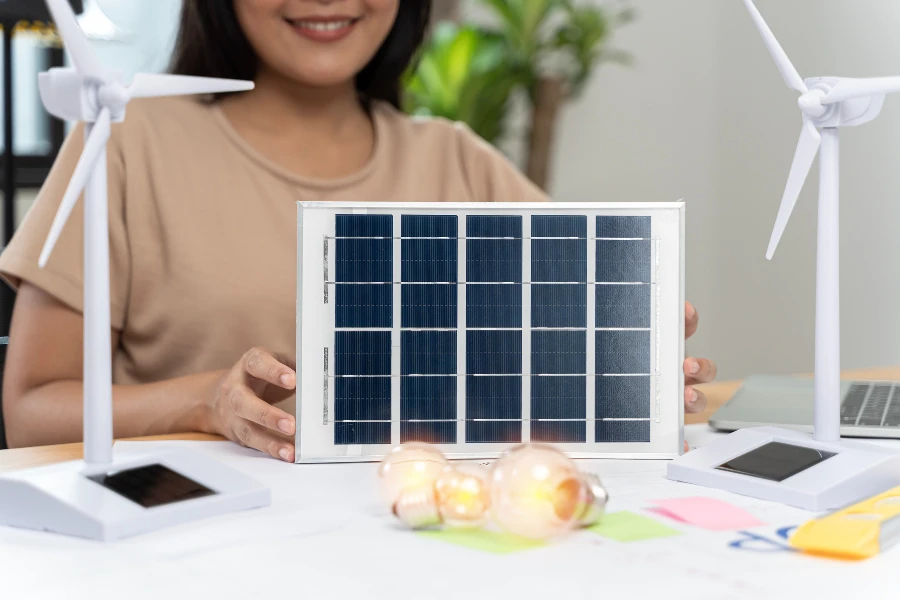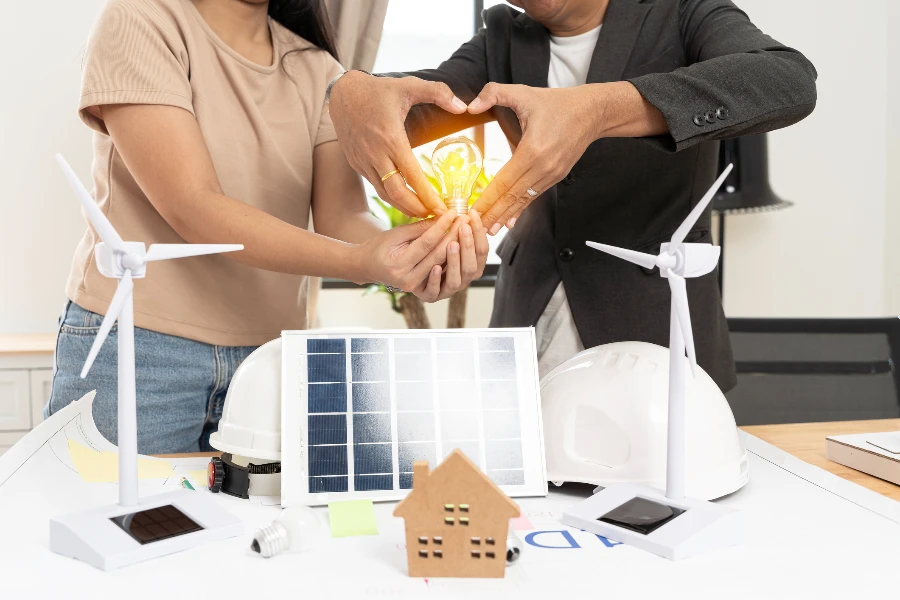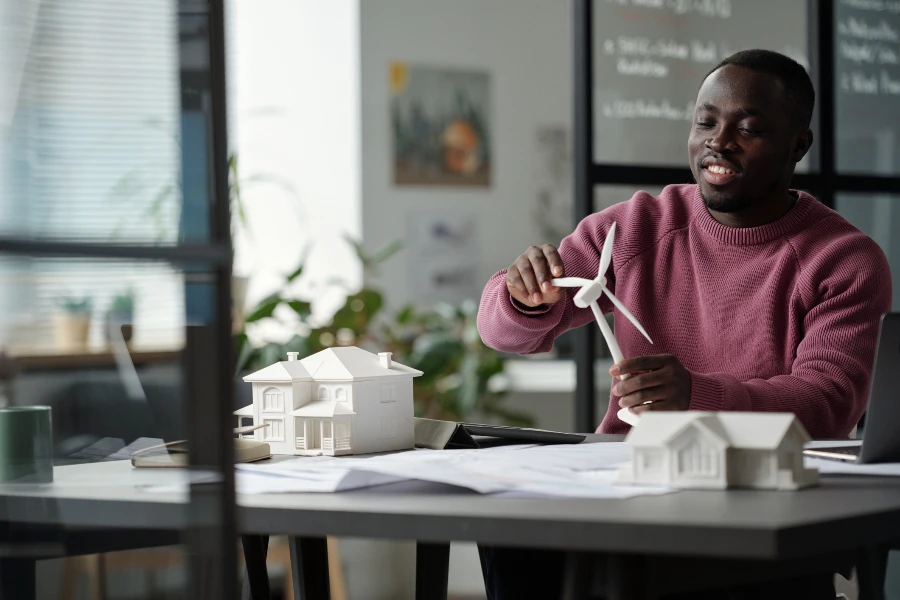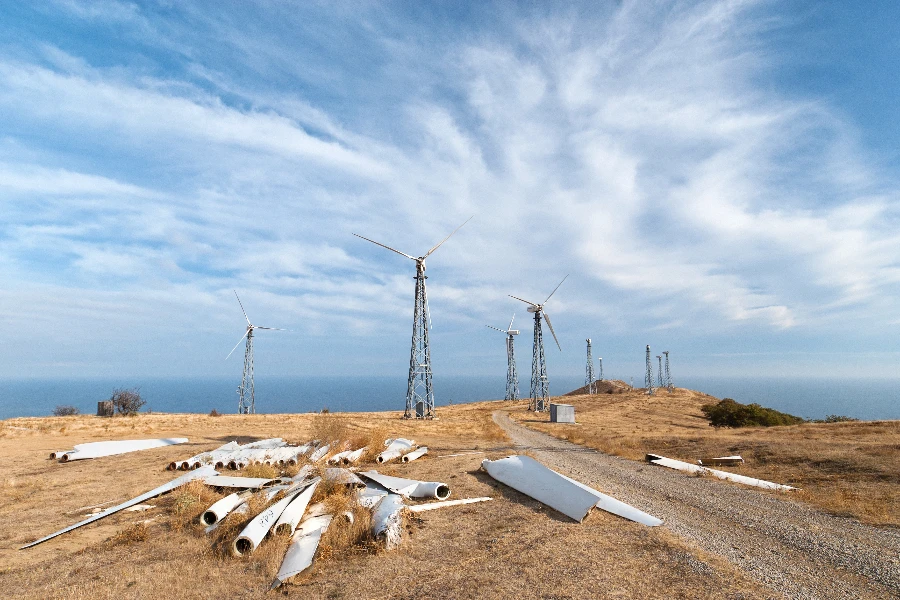With innovations in wind technology and an increase in awareness of renewable energy, many homeowners are looking to residential wind turbines as a potential source of renewable energy. This article provides a brief overview of the components of wind turbines and some of the pros and cons of using them in your home. We break down the process of harnessing wind power into levels of understanding – from the core concepts, to a basic explanation of the technology and how it works, all the way to a detailed overview of benefits and challenges involved in the installation of residential wind turbines.
Table of Contents:
– How do residential wind turbines work?
– Key benefits of installing a residential wind turbine
– Assessing the suitability of your home for a wind turbine
– Overcoming challenges with residential wind turbines
– Future prospects of residential wind energy
How do residential wind turbines work?

A residential wind turbine is a device that converts the kinetic energy of wind into electricity that is used by your house itself to power your daily needs. Generally, a residential wind turbine comprises three parts, namely the rotor consisting of blades, the generator, and the supporting structure as well.
Blades of the rotor function by converting the energy carried by the wind into rotating motion of the turbine. The generator, in turn, converts this rotating motion into electrical energy while the support structure is the part where all the components of a wind turbine are fixed.
It is important to note that the quality or the efficiency of a turbine depends on several factors, including the design, speed of the wind, and the characteristics of the site where they are installed. In order to harness this renewable energy for powering our homes, it is imperative that all homeowners understand its technical specification and operating principle.
Key benefits of installing a residential wind turbine

There are a lot of benefits to having wind energy in the home. The first is that it replaces using fossil fuels that create greenhouse gases. It also saves you money on your electricity bill over time. It increases the value of your house. Energy independence is another benefit. When you have your own power, it doesn’t matter if the power goes out or there is a spike in the price of electricity.
Assessing the suitability of your home for a wind turbine

While not all locations will be ideal, the siting, size, and shape of your land, as well as local wind speeds, zoning codes and other factors, are crucial for feasibility. A site assessment can help you get answers to these questions. It should assess wind resources; determine local permitting requirements; and assess your impact on nearby neighbours. These kinds of due diligence will help determine if your wind turbine is the right investment for you.
Overcoming challenges with residential wind turbines

Though these benefits are attractive, wind turbines generate some challenges. These include noise, visual impact, and interference with wildlife. However, technology has led to quieter, more aesthetically pleasing turbine models that reduce interference with the environment, and disruptions can be reduced with careful siting. By selecting turbine types and locations, homeowners can reduce negative reactions to residential wind energy.
Future prospects of residential wind energy

Whether we realise it or not, the future of home wind energy is bright. The technology will improve in the years to come, becoming more efficient, more affordable and more available. There are great expectations for innovations in materials and design that will continue to drive down the costs and increase the output. We can also expect supportive policies to expand along with our society’s commitment to renewable energy. It’s a personal choice, but one that more and more people will feel empowered to make. By tapping into the power of the wind at home, we can all become a little more independent.
Conclusion:
Residential wind turbines are a hopeful sign of the future for homeowners. If you know how they work, if you understand whether your home is suitable, and how to deal with the potential obstacles, you can potentially provide power to your home from one of the most environmentally-friendly sources there is: the wind. With improved technology and a growing push for renewable energy, the future looks brighter and brighter for residential wind energy.




